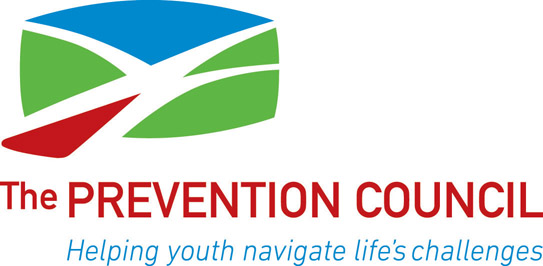Anti-smoking advocates cite $2B in taxes, but cash to end habit drops
By CATHLEEN F. CROWLEY
Albany Times Union
Published 10:21 p.m., Tuesday, January 24, 2012
ALBANY — New York collects more than $2 billion annually in tobacco taxes and in money from a 1998 settlement with tobacco companies, but the amount used for anti-tobacco initiatives has gone up in smoke.
Gov. Andrew Cuomo has proposed cutting tobacco control spending by $5 million in the coming fiscal year, reducing it to a total of $36 million — or 2 percent of tobacco revenues. Four years ago, the state spent $85 million on tobacco control.
Anti-smoking advocates lobbied state legislators on Tuesday asking them to restore money to their programs.
“We have been devastated over the years,” said Andrew Hyland, director of the NYS Smokers’ Quitline.
The cuts mean the state can’t afford public service announcements that encourage people to quit smoking, Hyland said. The ads drive calls to the Quitline, which has seen a significant decline in calls, he said.
At its height, the Quitline was the busiest smoking cessation hotline in the world. It employed 60 people and received 300,000 calls annually in 2008 and 2009. But it now employs 20 people and fields about 50,000 calls annually, said Hyland, who is also chairman of the health behavior department at Roswell Park Cancer Institute in Buffalo.
The Quitline provides telephone counseling and nicotine replacement starter kits to New Yorkers who want to stop smoking.
In 2009, 17,000 people from the Capital Region called the Quitline, but the number of callers dropped below 10,000 in 2011.
While smoking rates have hit an all-time low — 15.5 percent — anti-smoking advocates say the hard-core smokers that remain are the toughest to reach. There are still 24,000 New Yorkers dying each year from smoking.
Smoking causes a third of all diagnosed cancers and half of all cancer deaths in the state each year, said Russ Sciandra, director of advocacy for the American Cancer Society.
Smoking rates are higher upstate, especially in the Adirondacks and central New York, compared to the statewide average. The rates are very high among low-income and poorly educated New Yorkers.
For residents who earn less than $15,000 a year or never graduated high school, smoking rates are locked at 23 percent, about the same as in 2000.
Sciandra suggested members of the executive branch live among rich and educated where smoking rates fell to 12 percent — a 32 percent decline between 2000 and 2010.
“They think the problem has been addressed,” he said.
But state Division of Budget spokesman Jeffrey Gordon said over the last 10 years, federal and state investments of more than $500 million have helped cut the rate of smoking among high school students by more than half, and reduced adult smoking by nearly 30 percent.
Gordon said as funds have been reduced to address the state’s fiscal challenges, it continues to implement targeted ways to control tobacco use in order to reach populations where smoking is still prevalent “through data-driven approaches designed to maximize the impact of our investment.”
Reach Crowley at 454-5348 or ccrowley@timesunion.com.
Smoking rates
Percentage of New York adults smoking by education level.
Education 2000 2010
Less than high school 23.9 24.0
HS/GED 26.6 22.3
Some college 23.7 18.2
College degree 14.2 8.2
Source: American Cancer Society
